Deeper Levels of Spring Cleaning & Decluttering
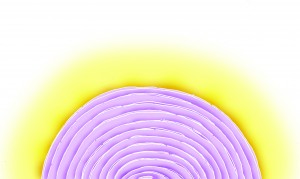
This season I’m going to suggest you upgrade your spring cleaning regimen. I am not one to diminish the power of a de-cluttering session to create massive shifts in your well-being. Anyone who has ever dumped the entire contents of their closet on the floor and given garbage bags of clothes away knows this power intimately. But what I am going to suggest is that this spring you go one layer deeper. This season, while you spring clean, also focus on intentionally reorganizing your living space into a microenvironment that subtly shifts your behavior so you can achieve your health goals with ease and sustainability. Yes, I basically want your environment to trick you into being a healthy, happy person.
As a health coach, I am fascinated by human behavior and what facilitates lasting, behavior change. Almost every patient I’ve worked with has a genuine desire to be healthy and happy and also, seems to have about the same five health goals. They even know what they need to do to achieve those goals. Yet, only a fraction of them seem to be able to create the change they desire despite being motivated, intelligent people with lots of integrity. What gives?
No, I have not come to the conclusion that we are all just lazy and dishonest. As we learn more about human behavior, it appears we outsource a lot of our decision-making and behavior cues to external factors, rendering a large percentage of our decision making unconscious. Our brains seem to get decision fatigue rather quickly, so in order to save our brainpower for the really vital decisions, we form neural networks that ingrain daily decisions into habits that occur mostly on autopilot. Hence, willpower, while a nice idea, ends up being overrated and largely unreliable.
Habits are made up of a cue—routine and reward. Traditionally, we emphasize going straight to changing the routine with less emphasis on reworking the cue or replacing the reward. Without getting overly technical, a lot of exciting research is emerging that shows a lot of our behavior cues are housed in our external environment. It appears when we change our environment, we change our behavior with relative ease (For more information check out the recent NPR article on heroin addiction and Vietnam soldiers.) You can harness this phenomenon in your own home to achieve some of the most common and evasive health goals.
Here are my top three tips in order to make your home one big, health-inducing cue!
1. Create a designated meditation area in your home
The desire to sustain a regular meditation practice is one of the most common health goals people come to me with. In our fast paced world, it is increasingly vital to actively pursue relaxation and contemplation to cultivate healthy brains, nervous systems, and hearts (both physically and emotionally). In the health sphere, meditation continues to crop up as the latest panacea for our physical, mental, and esoteric ailments. How can our environments support building a sustainable meditation practice?
My number one tip is designating a location in your home as your meditation area (or corner or window). Start by pondering what kind of environment will seduce you into sitting down to practice. Don’t worry too much about size here. Placing a candle in a windowsill or the corner of a room counts. Put things that you love and that inspire you there. Keep it fresh and updated. Then meditate every day for about a month in that spot (even if just three minutes). By the end of this time period, you should have the start of a strong meditation habit with the help of this physical cue!
2. Hide your devices
These days, reducing screen time is something many of us strive to do. Despite acknowledging that our increase in screen time contributes to feelings of isolation and disconnection, many still feel powerless over our usage. While the rampant, nearly constant use of technology may feel inevitable and out of our control, we benefit enormously when we bring an element of conscious choice back to our tech habits. This allows us to make empowered decisions about how we’d like to engage with technology so it fosters intimacy and connection, rather than detracts from it.
To get a hold of your technological addictions, I recommend implementing a digital sunset at least one hour before you’d like to go to bed. To structure this ritual within your home environment, the concept of out of sight, out of mind is vital. Most of us don’t have that much control over our addiction to technology and need a physical barrier in order to not be lured back in. Designate a “hiding” spot for your devices. For phones, iPods and iPads, I suggest having a designated drawer or basket you put them in. For TVs and computers, cover them with a blanket. Next, pick a digital sunset time each day and stick to it. To make this easier, I recommend linking this ritual to something you already do each day (this powerful technique is known as habit stacking). For example, shut down and hide your devices right after dinner or right before you brush your teeth. For extra credit, hide your devices when you eat as well.
Finally, focus on consciously replacing the “reward” you get from engaging with your beloved devices with something that feels like a worthy replacement. Perhaps this is your time to pursue something creative. Maybe it’s when you get to connect more deeply with your partner, read the stack of novels you’ve been meaning to get to, or a chance to get really into taking bubble baths. If nothing else, this habit will do wonders for your sleep as the light of screens impact our circadian rhythms by suppressing the release of the sleep promoting hormone melatonin.
3. Don’t bring unhealthy food into your home. If you do, hide it
This may seem a little extreme but if you are serious about changing your diet, this massively increases your odds of success. We encounter plenty of unhealthy food temptations in our daily lives operating in the birthplace of SAD, the notoriously awful and embarrassing Standard American Diet. If your home is a clean food zone, you will likely reach some semblance of balance. When healthy food is what’s most readily available and easily accessible, you’ll eat healthy foods. Seems like kind of a no-brainer but we often forget to harness this fact. For example, when Google changed up their cafeteria so water and healthy beverages were at eye level and soda stored below—soda consumption dropped by 7 percent and water consumption increased by 47 percent. In other words, the default, easy choice is generally what we pick, so work this to your advantage!
Let’s come back to reward replacement. If you have developed a habit of coming home and eating Ben and Jerry’s every night to activate your pleasure centers after a long day, make sure you are replacing it with a reasonable substitute that lights up the reward center at least a little bit. If I you try to go from eating Ben and Jerry’s every night to just drinking water, you better believe you’re going to find yourself at the nearest bodega buying more ice cream. Replacement of the reward is key as you build healthier habits because no one responds well to having something taken away without a decent replacement (including our brains!). You may be wondering, WTF could replace Ben and Jerry’s? Good question. Answer: Nothing! But you might try something like dark chocolate (70 percent or above for less sugar and more antioxidants), chocolate mousse made with bananas or tofu, coconut milk ice cream or fresh fruit.



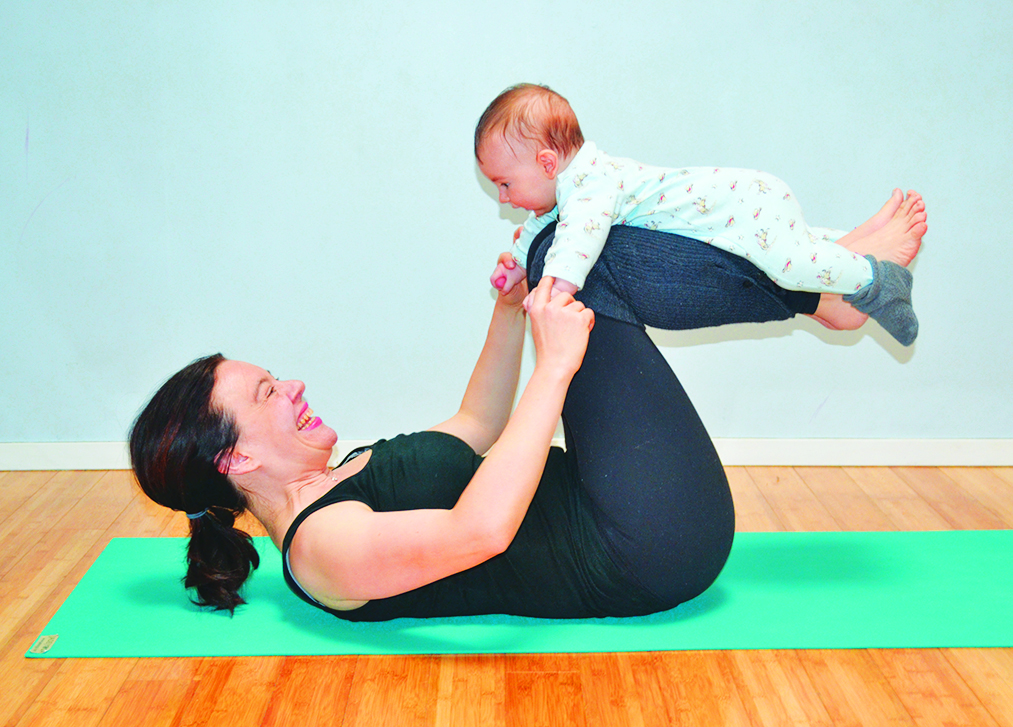
 Matt Zoller Seitz is the Editor-in-Chief of RogerEbert.com, the TV critic for New York Magazine and Vulture.com, a finalist for the Pulitzer Prize in criticism, and the author of multiple books about the life and films of Wes Anderson. That last part is the most important for the purposes of this interview, for which he was kind enough to speak with Park Slope Reader. 2013 brought the first The Wes Anderson Collection, which celebrates and analyzes all seven of Wes’ films that were released up to that point. This February, The Wes Anderson Collection: The Grand Budapest Hotel followed as a second volume focusing on only Anderson’s most recent film. Here, Seitz talks about the differences between the two books, the fun of elaborate footnotes, and the surprise expense of novelty trinkets.
Matt Zoller Seitz is the Editor-in-Chief of RogerEbert.com, the TV critic for New York Magazine and Vulture.com, a finalist for the Pulitzer Prize in criticism, and the author of multiple books about the life and films of Wes Anderson. That last part is the most important for the purposes of this interview, for which he was kind enough to speak with Park Slope Reader. 2013 brought the first The Wes Anderson Collection, which celebrates and analyzes all seven of Wes’ films that were released up to that point. This February, The Wes Anderson Collection: The Grand Budapest Hotel followed as a second volume focusing on only Anderson’s most recent film. Here, Seitz talks about the differences between the two books, the fun of elaborate footnotes, and the surprise expense of novelty trinkets.
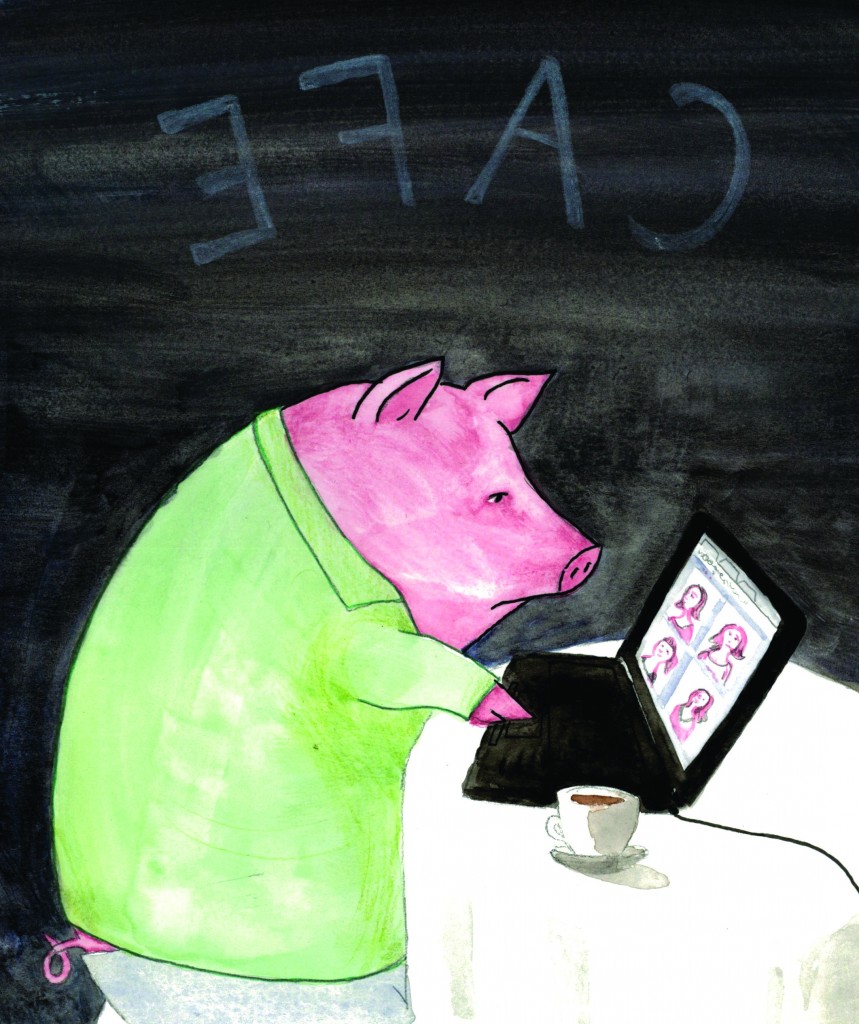
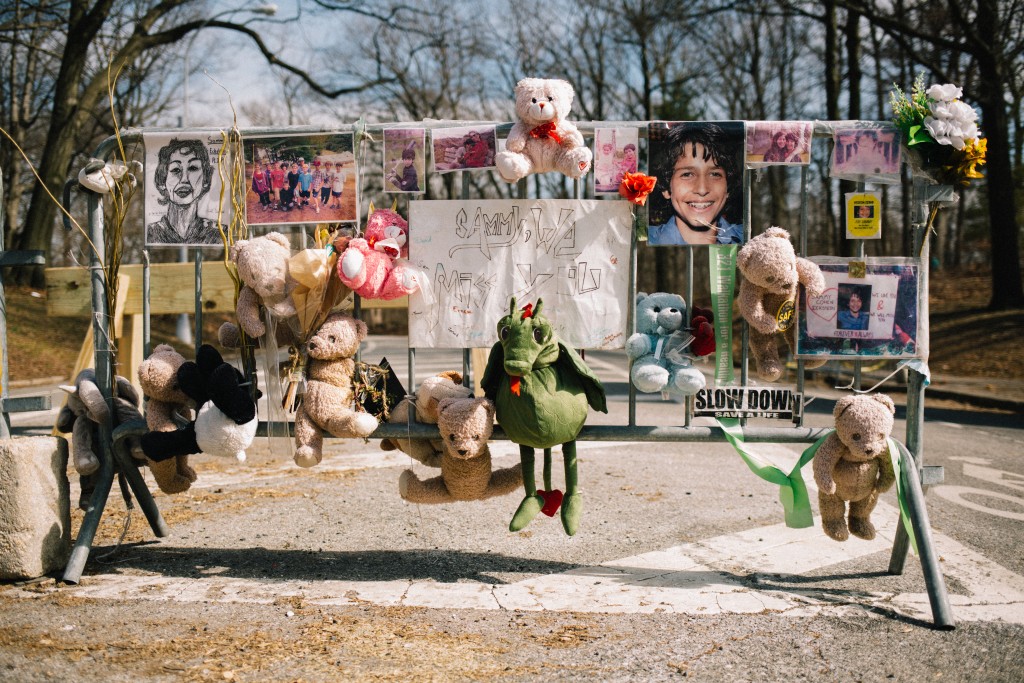
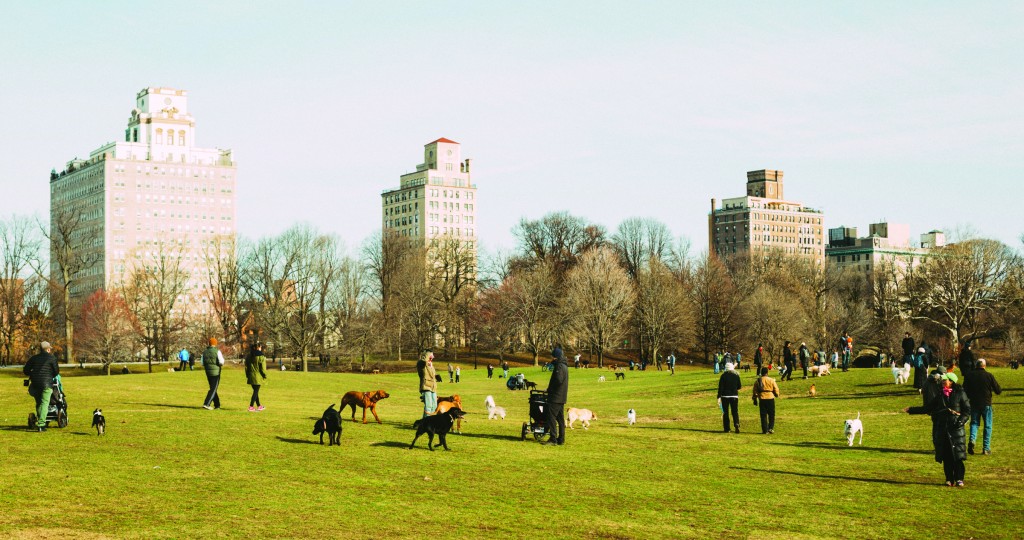
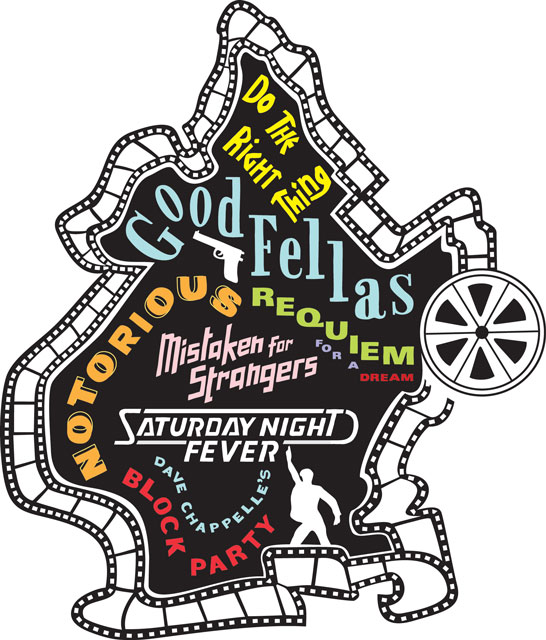 Think about your favorite movies; now think about the music in them. In some cases, it’s almost impossible to separate the movie from the soundtrack; it’s so intertwined with the plot. Not only do they provide mood and context, they ensure that the film appeals to an additional sense. Music can make a memorable scene iconic.
Think about your favorite movies; now think about the music in them. In some cases, it’s almost impossible to separate the movie from the soundtrack; it’s so intertwined with the plot. Not only do they provide mood and context, they ensure that the film appeals to an additional sense. Music can make a memorable scene iconic. Flu season is upon us once again. At the high school where I teach, my principal has been spraying the doorknobs with Lysol and reminding all of us to cough and sneeze into our elbows and frequently wash our hands. But my students and colleagues are still missing days, and all across the city New Yorkers are falling ill.
Flu season is upon us once again. At the high school where I teach, my principal has been spraying the doorknobs with Lysol and reminding all of us to cough and sneeze into our elbows and frequently wash our hands. But my students and colleagues are still missing days, and all across the city New Yorkers are falling ill.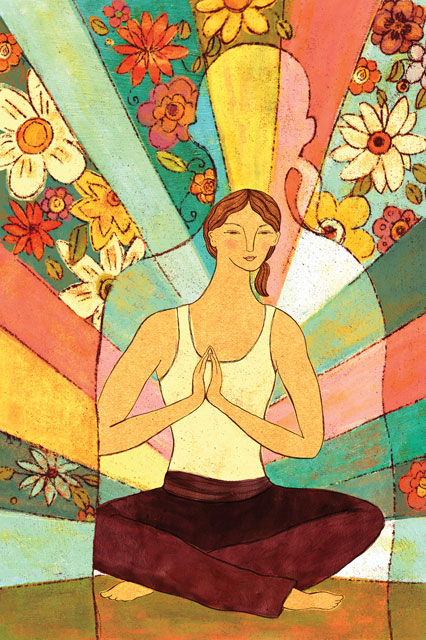 A student came to me for an Alexander Technique lesson, referred by a yoga colleague, hoping to relieve her agonizing neck and shoulder pain. I began by explaining Alexander’s central concept: Release your neck to free the spine and relieve the shoulders. Then I stepped back to consider her overall stance. Though she had what might be considered “good” posture, I noticed a strange contraction in the front of her torso.
A student came to me for an Alexander Technique lesson, referred by a yoga colleague, hoping to relieve her agonizing neck and shoulder pain. I began by explaining Alexander’s central concept: Release your neck to free the spine and relieve the shoulders. Then I stepped back to consider her overall stance. Though she had what might be considered “good” posture, I noticed a strange contraction in the front of her torso.